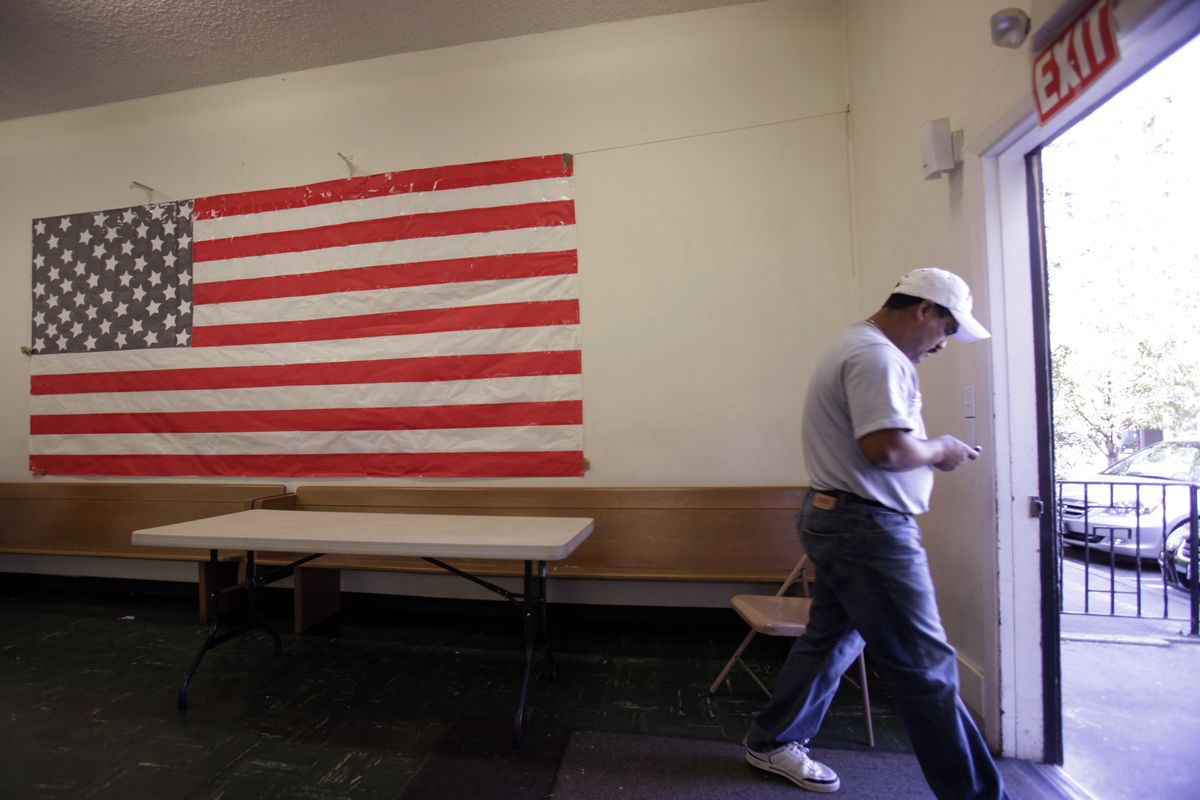Unemployment at 26-year high
Economic recovery may be under way; jobs aren’t following

WASHINGTON – The September unemployment numbers announced Friday were a reality check for anyone who was thinking that strong economic growth was just around the corner.
The nation’s unemployment rate ticked up to 9.8 percent, its highest level in 26 years, as employers quickened the pace of layoffs, the government said in a worse-than-expected report.
U.S. employers shed 263,000 jobs in September, more than the 150,000 to 200,000 that forecasters had expected. Employment fell in manufacturing, construction, retail and, surprisingly, in government.
Since the recession began in December 2007, the number of unemployed Americans has risen from 7.6 million to 15.1 million. The unemployment rate has doubled to 9.8 percent – the highest since June 1983 – rising another tenth of a percentage point in September.
It was a lousy report from top to bottom, with the average workweek for production and nonsupervisory jobs falling slightly to 33 hours in September. That number should be going up in an economic recovery.
“Today’s job report is a sobering reminder that progress comes in fits and starts, and we’re going to need to grind out this recovery step by step,” President Barack Obama said at the White House.
“I think you’ve got an economic recovery, but I think the pace of recovery is very disappointing relative to what a lot of people expected,” said John Silvia, the chief economist for Wachovia.
One reason Silvia is glum is that consumer confidence remains in the dumps and personal income isn’t rising much.
“It’s personal income that’s going to be under strain here,” said Silvia, who concludes that consumers, who drive about 70 percent of U.S. economic activity, won’t be the spark for recovery. “Most of the strength in the economy now is federal government spending and inventory correction. How much that carries through (to recovery) is anyone’s guess.”
If economic growth next year falls short of 3 percent, it won’t create the jobs needed to begin lowering the unemployment rate.
“I don’t think that we’re going to see an upturn in employment until the middle of next year,” said David Huether, the chief economist for the National Association of Manufacturers.
Manufacturers have shed 2.1 million jobs since the recession started. Industrial output at U.S. plants hit a record low of 68.1 percent in June. That means that even when the economy picks up, there’s a lot of ground to make up to recover fully.
“There’s a lot of excess capacity that manufacturers can employ. As that comes on, they are going to expand employment,” Huether said, cautioning that job growth will lag the recovery.
With consumers sidelined and makers of goods with lots of slack, businesses aren’t hiring.
“I think employers are reluctant to hire permanently, waiting to have more evidence that some of the recovery we are seeing is going to stick around,” said Michael Steinmetz, a vice president at Manpower Inc., a large Milwaukee-based company that provides temporary workers.
Larry Summers, the head of the National Economic Council and President Barack Obama’s chief economic adviser, noted that the economy no longer is losing 700,000 jobs a month as it was last winter, but he acknowledged that it’ll take a while before job growth resumes. “I think we’re looking at a period of several months before you will see employment creation,” Summers told CNBC.